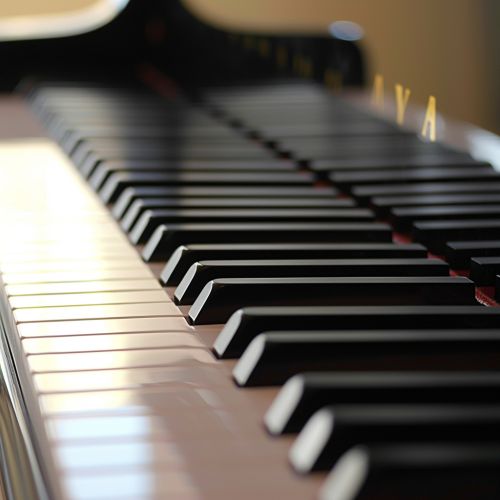Harmonic progression
Introduction
A harmonic progression, or harmonic sequence, is a progression of musical chords, or chord changes that "aims for a definite goal" of establishing a tonality founded on a key, root or tonic chord. It is a succession of musical chords, which are two or more notes, typically sounded simultaneously. In music theory, harmonic progressions are the foundation of harmony.


Definition
Harmonic progression is a series of musical chords, or chord changes that "aims for a definite goal" of establishing a tonality founded on a key, root or tonic chord. Each chord in harmonic progression is described using roman numerals. The concept of harmonic progression is closely related to the concept of voice leading, which is the smooth movement of voices from one chord to another.
Types of Harmonic Progressions
There are several types of harmonic progressions that are commonly used in music. These include:
Diatonic Progressions
Diatonic progressions are progressions where the chords are part of the key signature of the song. These progressions are often used in popular and classical music.
Chromatic Progressions
Chromatic progressions are progressions where the chords are not part of the key signature of the song. These progressions are often used in jazz and modern classical music.
Modal Progressions
Modal progressions are progressions where the chords are part of a specific mode. These progressions are often used in folk and traditional music.
Common Harmonic Progressions
There are several harmonic progressions that are commonly used in music. These include:
I-IV-V Progression
The I-IV-V progression is one of the most common harmonic progressions. This progression is often used in blues and rock music.
II-V-I Progression
The II-V-I progression is another common harmonic progression. This progression is often used in jazz music.
I-VI-II-V Progression
The I-VI-II-V progression is a common harmonic progression that is often used in pop and jazz music.
Harmonic Progression in Different Musical Genres
The use of harmonic progression varies greatly between different musical genres. For example, in classical music, harmonic progression is often complex and intricate, with many different chords being used. In contrast, in pop music, harmonic progression is often simpler, with fewer chords being used.
Conclusion
Harmonic progression is a fundamental aspect of music theory that is used in a wide range of musical genres. By understanding the different types of harmonic progressions and how they are used, musicians can create more varied and interesting music.
